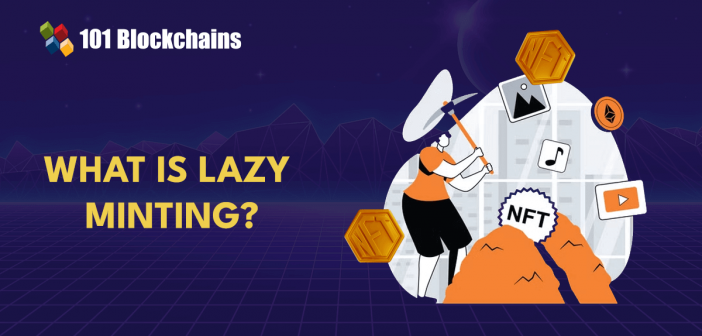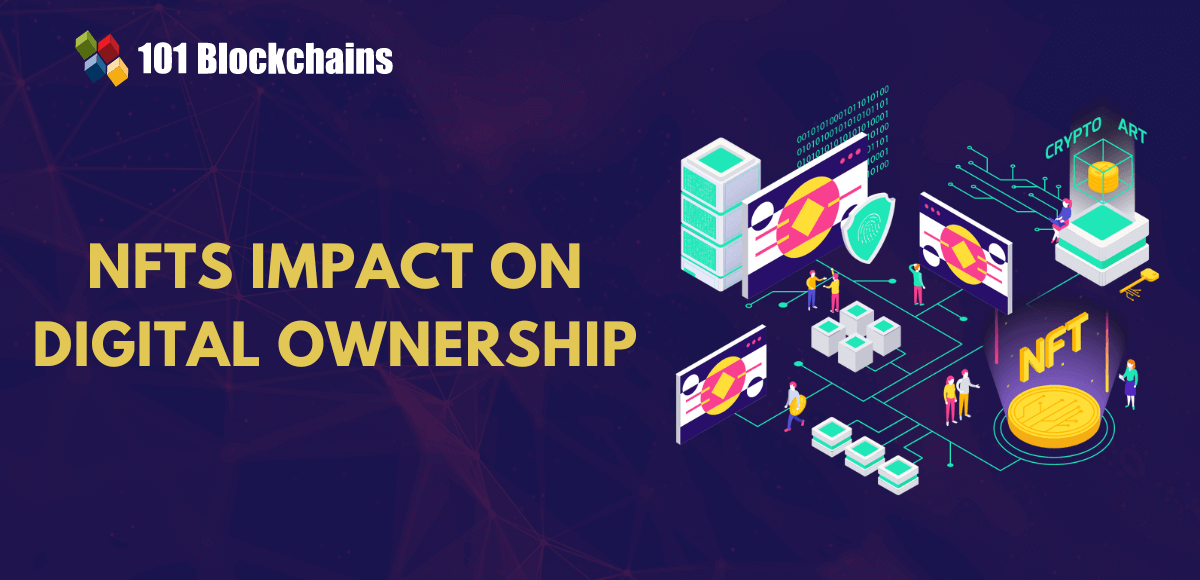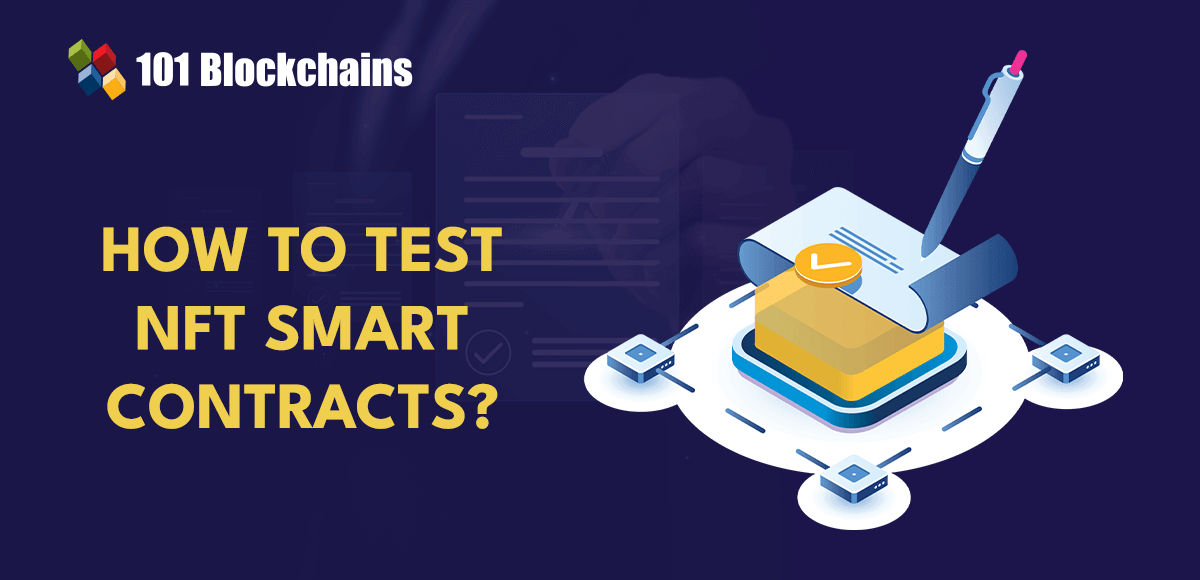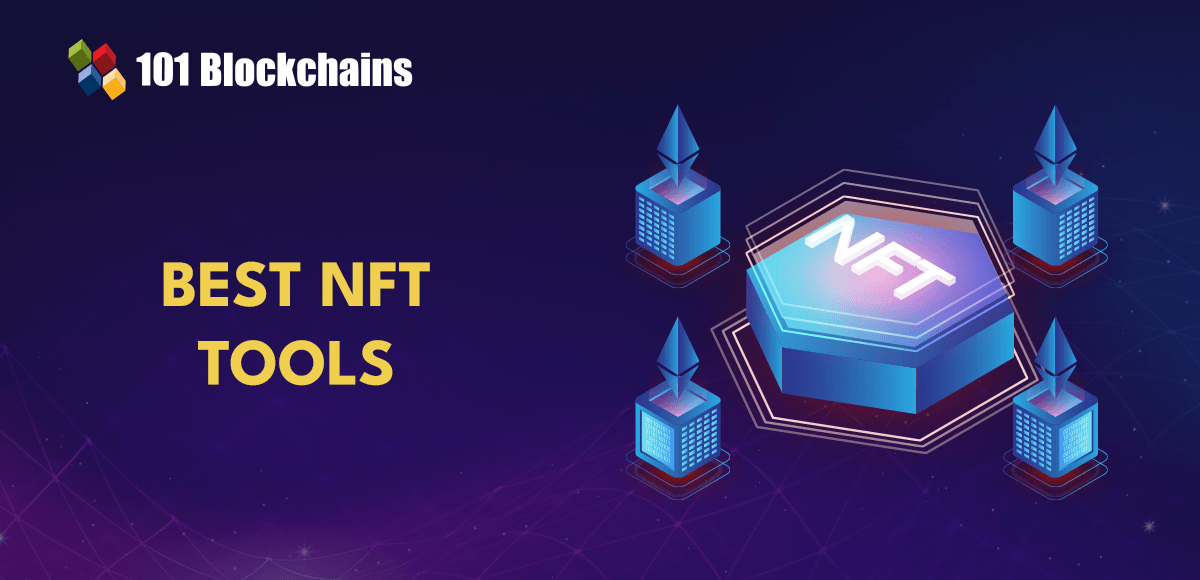Learn how blockchain truly works, master key definitions, and uncover what makes smart contracts so "smart." Dive into the fundamentals, gain valuable insights, and start your blockchain journey today!

- NFT
James Howell
- on October 25, 2023
Lazy Minting Explained: A Cheaper Way to Mint NFTs
Non-fungible tokens have become one of the most notable trends in the world of technology. The unique digital assets have captured the attention of developers, collectors, and artists in different ways. Do you want to find a way to ride the NFT bandwagon? Interestingly, you can buy and sell NFTs with a simple and straightforward process. However, minting your own NFT would have some notable complications, primarily associated with the cost.
On the other hand, you can try cheap NFT minting techniques to overcome the complications of cost. Have you ever used Ethereum to complete a transaction? You must have come across the exorbitant gas fees associated with Ethereum alongside the high levels of network congestion. The high gas fees increase the NFT minting costs, which ultimately turns into a burden for developers, artists, and creators.
Transaction fees are an essential component of the NFT minting costs. Interestingly, the rising gas fees on Ethereum do not have any impact on the volume of NFT trading worldwide. On the contrary, methods such as lazy minting NFT collections or using economic blockchain platforms have gained popularity.
For example, Flow blockchain could offer an economical blockchain platform for NFT minting as it emphasizes the reduction of energy consumption. However, lazy minting has garnered a lot of attention as a cost-effective instrument for NFT minting. Let us learn more about lazy minting and how it works.
Understanding the Cost of NFT Minting
Before you learn more about lazy minting, it is important to familiarize yourself with the NFT minting process and its costs. If you want to know how to mint NFT in cheap price, then you should know about the important components involved in the NFT minting costs. What is NFT minting? It is the process of transforming a digital file into an asset on a desired blockchain network. You can find digital files in the form of audio files, in-game assets, or art. However, the average cost for minting NFTs is one of the foremost concerns for any NFT artist.
Users have the flexibility to mint and store any type of digital asset on the blockchain, which makes the NFT immutable. You can find easy minting processes in almost every NFT platform or marketplace, albeit with varying levels of difficulty. For example, certain marketplaces, such as OpenSea, offer a collection of tools that can simplify the NFT minting process.
However, you could not escape the cost of creating an NFT. You can understand a description of lazy minting explained for beginners only through awareness regarding NFT minting cost. The minting cost includes different elements, such as the network fees or gas fees and the additional fees charged by the NFT platform or marketplace.
The simplest explanation for NFT minting costs would describe them as the cost you have to pay for converting digital files into NFTs. Creators could find different minting costs on different networks. For example, you would have to pay more for minting costs on Ethereum than on Avalanche or Solana.
Creators need a detailed understanding of minting costs to address the requirements of financial planning and budgeting. It is important to account for factors such as the type of blockchain network used for minting, additional features or services used in the minting process, and network congestion.
Want to get an in-depth understanding of non-fungible tokens (NFTs)? Enroll Now in NFT Fundamentals Course!
How Much Would NFT Minting Cost?
The curiosity regarding NFT minting costs is obvious for an NFT creator, developer, or artist. First of all, you must remember that NFT minting cost is not constant and could vary according to network demand. Another important reason for seeking answers to “What is lazy minting?” is the difference in cost structure of different blockchains. In some networks, you could find lower network fees, albeit with lesser popularity than others. On top of it, you could have lower minting costs when you have lesser network congestion. Here is a breakdown of the important elements that make up the total NFT minting costs.
-
Gas Fees
The gas fees or network transaction fees are the prices you pay to the network miners or validators for processing the minting transaction.
-
Smart Contract Fees
Smart contracts are an integral requirement for developing NFTs. Non-fungible tokens involving complex smart contracts can have higher minting costs as the interactions with such contracts add another layer of fees.
-
Additional Costs
The additional costs refer to the price you have to pay for using additional services on the NFT minting platform or marketplace. For example, you may have listing fees or promotional fees on the marketplace.
-
Platform Fees
If you want to find cheap NFT minting alternatives, then you must look for NFT platforms or marketplaces that charge lower platform fees. Some platforms or marketplaces charge the platform fee for using their interface in the minting process.
Start learning Non-Fungible Token with World’s first NFT Skill Path with quality resources tailored by industry experts Now!
How Does Lazy Minting Solve the Problem of High Minting Costs?
Artists and NFT creators seeking an opportunity to enter the world of non-fungible tokens have to face problems due to high minting costs. As a matter of fact, the complex process and high gas fees could be the major reasons for dissuading creators. However, lazy minting platforms have emerged as a promising solution for the problems with cost. Lazy minting provides a new alternative for minting NFTs, albeit without paying the high gas fees associated with traditional minting. The method helps in moving your digital files to the blockchain at a fraction of the cost involved in traditional methods.
You can find a better understanding of lazy minting by reflecting on its background. The origins of lazy minting explained for beginners would showcase the primary reason for coming up with such concepts. Lazy minting was devised as a solution for the most prominent concern for NFT minting, i.e., network congestion.
The congestion level of a network increases as more people perform transactions on the concerned blockchain network. Higher congestion levels in a blockchain network lead to an increase in gas fees, thereby increasing NFT minting costs. On the other contrary, lazy minting solves the problem by taking away the need to pay higher gas fees for NFT minting.
The concept of lazy minting NFT focuses on minting coins at the right time. You would mint the NFTs ‘just in time’ for the purchase. Popular NFT marketplaces like OpenSea have helped in lowering the barrier to entry for NFT creators and artists. Lazy minting helps the platforms in removing the need for upfront costs.
It was introduced in 2020, and some of the notable marketplaces, such as OpenSea and Rarible, gained massive popularity because they offered lazy minting. The concept of lazy minting became popular among NFT artists and creators within no time as they could sell their NFTs without upfront investments in gas fees.
Build your identity as a certified blockchain expert with 101 Blockchains’ Blockchain Certifications designed to provide enhanced career prospects.
Working Mechanism of Lazy Minting
The next prominent highlight of lazy minting would draw attention to its working mechanism. How can you mint NFT in cheap price with lazy minting? As of now, you know that lazy minting reduces the cost as well as risk associated with NFT minting. It is an innovative alternative for creating digital assets without the need for upfront compensation.
You should note that the network gas fees and the platform fees are the two major upfront costs associated with traditional NFT minting. In lazy minting, creators don’t have to pay money till you sell the NFT. On the contrary, the minting fee is included in the sale transaction, where the token is allocated to its buyer. Therefore, creators don’t have to push a lot of money into the NFT projects without the assurance of selling their project.
The answers to ‘What is lazy minting?’ paint it as a cost-effective choice for minting NFTs on the blockchain. How is it different from traditional minting? The traditional minting process features a step for calling a contract, and creators should pay gas fees for publishing their NFT on the blockchain. On the contrary, lazy minting does not involve direct creation of a non-fungible token.
The creator would make a ticket or a ‘voucher,’ which can be redeemed during the sale for retrieving the token. The ticket or ‘voucher’ contains all the important data about the actual NFT alongside the associated smart contract. Subsequently, the NFT creator must authorize the signature to prove authenticity of the voucher.
It is important to note that the signature remains in the public domain, and it is essential to verify that the NFT was developed by the concerned creator. The signature serves as proof of authenticity of the NFT to buyers. Interestingly, the EIP-712 standard is for easier and more secure management of signed vouchers. The EIP-712 protocol serves as an important benchmark for signature of digital claim tickets. It ensures that signatures can serve as proof of validation by the smart contract of a particular network.
Learn the concept, elements, future and use cases of NFTs with Non Fungible Tokens (NFTs) Ebook
Does Lazy Minting Really Empower NFT Creators?
The magic of cheap NFT minting techniques like lazy minting is evident in the approach for calling smart contracts. Creators do not have to pay for calling their tokens to the blockchain directly. On the contrary, they could authorize the token for sale with their signature without paying minting costs.
Who pays the minting cost if the creator does not pay in lazy minting? The buyer would pay for the minting fees alongside the cost of the NFT. Since the token is on a blockchain network and buyer can store it in their wallet, lazy minting does not compromise authenticity and security. As you can notice, NFT creators would find easier entry into the NFT market and tap into the preferences of their target audience with their works.
How Can You Lazy Mint NFTs?
The process of lazy minting seems like an easy alternative to start creating NFTs. However, you must have doubts regarding the lazy minting platforms that could deliver the best results for your expectations. You can choose OpenSea and Rarible for lazy minting. Let us find out how you can do lazy minting on these platforms in the following sections.
-
OpenSea
The biggest NFT marketplace offers a flexible platform to start lazy minting. You can begin the process by linking your Ethereum wallet to an OpenSea account. The multiple wallet options, such as Metamask, could offer an ideal answer to your requirements. In the next step of lazy minting NFT collections on OpenSea, you have to develop an OpenSea collection by selecting the “Create Collection” option in the OpenSea dashboard.
Once you have created the first OpenSea NFT collection, you can add the logo, description, banner, and name to the collection. Subsequently, you have to choose the blockchain on which you want to deploy the NFT. The ideal choice of a blockchain for lazy minting is Polygon. Finally, you can start lazy minting by selecting the ‘Collection’ option and then the ‘Add Item’ button.
-
Rarible
If you want to find a practical example of lazy minting explained with a description of important steps, you can refer to the steps for lazy minting on Rarible. You can sign in to the platform and link your wallet to the Rarible account. Now, select the ‘Create’ option, and you can enter the details for the NFT project.
You could choose the ‘Free minting’ option and then select the ‘Create item’ option. Subsequently, you could use the wallet to sign free authorizations. Once you have completed these steps, you can have your NFT minted to the wallet, and it will be automatically transferred to the new owner after creation.
Excited to develop an in-depth understanding of solidity’s best practices and the tools needed for developing and testing an NFT marketplace, Enroll now in the NFT Development Course
Conclusion
The review of the elements in NFT minting cost and the answers to ‘What is lazy minting?’ provided a clear impression of the necessity of lazy minting. Exorbitant gas fees and platform fees, alongside the additional costs for using special features, could impose a heavy burden on NFT creators.
How can you find an easy way to make your name in the NFT market? The benefit of lazy minting NFT projects focuses on empowering NFT artists and creators by shifting the burden towards buyers. Learn more about the advantages and limitations of lazy minting alongside the best practices for lazy minting right now.
*Disclaimer: The article should not be taken as, and is not intended to provide any investment advice. Claims made in this article do not constitute investment advice and should not be taken as such. 101 Blockchains shall not be responsible for any loss sustained by any person who relies on this article. Do your own research!






